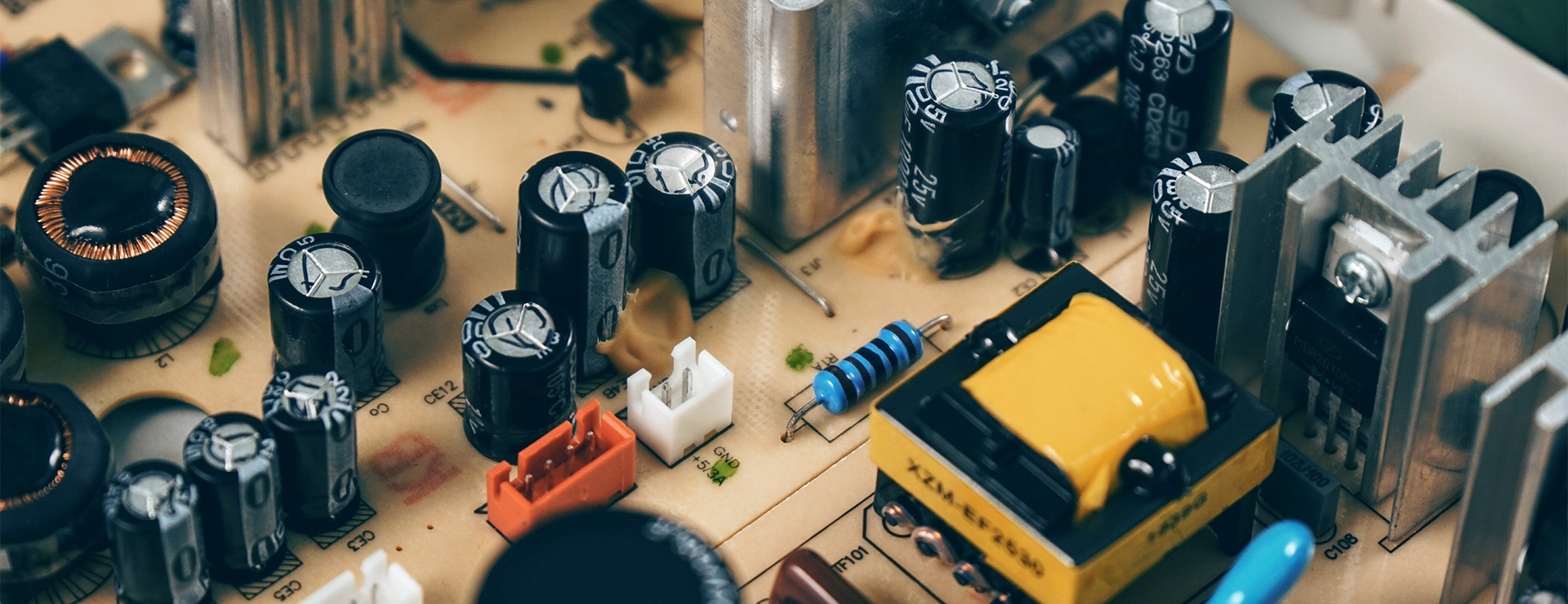The Importance of Microwave PCB Boards Ensuring Optimal Control
In the world of modern technology, microwaves have become an indispensable part of our daily lives. From warming up our leftovers to cooking quick and delicious meals, microwaves provide convenience and ease in the kitchen. But have you ever wondered what makes these appliances work efficiently and safely? Enter microwave PCB boards, also known as microwave control boards or microwave printed circuit boards.
Understanding Microwave PCB Boards
A microwave PCB board is a crucial component within a microwave that helps control its functions and ensures optimal performance. It is a specialized circuit board designed specifically for microwaves, facilitating the smooth operation of various features such as heating levels, timers, and sensors. These boards are carefully engineered to withstand the high frequencies and power associated with microwaves, making them an integral part of the appliance.
Key Functions of Microwave PCB Boards
One of the primary functions of microwave PCB boards is to regulate the flow of power to different components within the microwave. It acts as the brain of the appliance, controlling the overall operation and coordinating the communication between various parts. These boards also enable the microwave to maintain precise temperature and power levels, ensuring even cooking results.
Ensuring Safety and Efficiency
Microwave PCB boards play a critical role in ensuring the safety of both the appliance and the users. They incorporate safety mechanisms such as fuses and sensors to detect any faults or anomalies in the system. By monitoring and controlling the power distribution, these boards prevent overheating and protect against electrical failures.
Apart from safety, microwave PCB boards also contribute to the efficiency of the appliance. They are designed to minimize power wastage and optimize energy consumption. By seamlessly managing power output and distribution, these boards reduce operating costs and enhance the overall performance of the microwave.
Importance of Quality and Reliability
When it comes to microwave PCB boards, quality and reliability are paramount. Choosing a high-quality board ensures that the appliance functions optimally and lasts longer, providing a consistent and reliable cooking experience. Inferior or faulty boards can lead to inefficient heating, unreliable timers, or even pose safety hazards.
Microwave PCB boards are meticulously manufactured using advanced processes to meet industry standards and comply with safety regulations. It is essential to source these boards from reputable manufacturers who prioritize quality and adhere to rigorous testing methodologies. This ensures that the microwave operates reliably, guaranteeing precise control and longevity.
Conclusion
Next time you heat up a quick meal in your microwave, remember the micro-sized marvel that makes it all possible – the microwave PCB board. From providing control and safety to optimizing energy consumption, these tiny boards are the unsung heroes behind the scenes. By understanding their importance and choosing quality components, you can ensure that your microwave continues to serve you efficiently and reliably for years to come.






